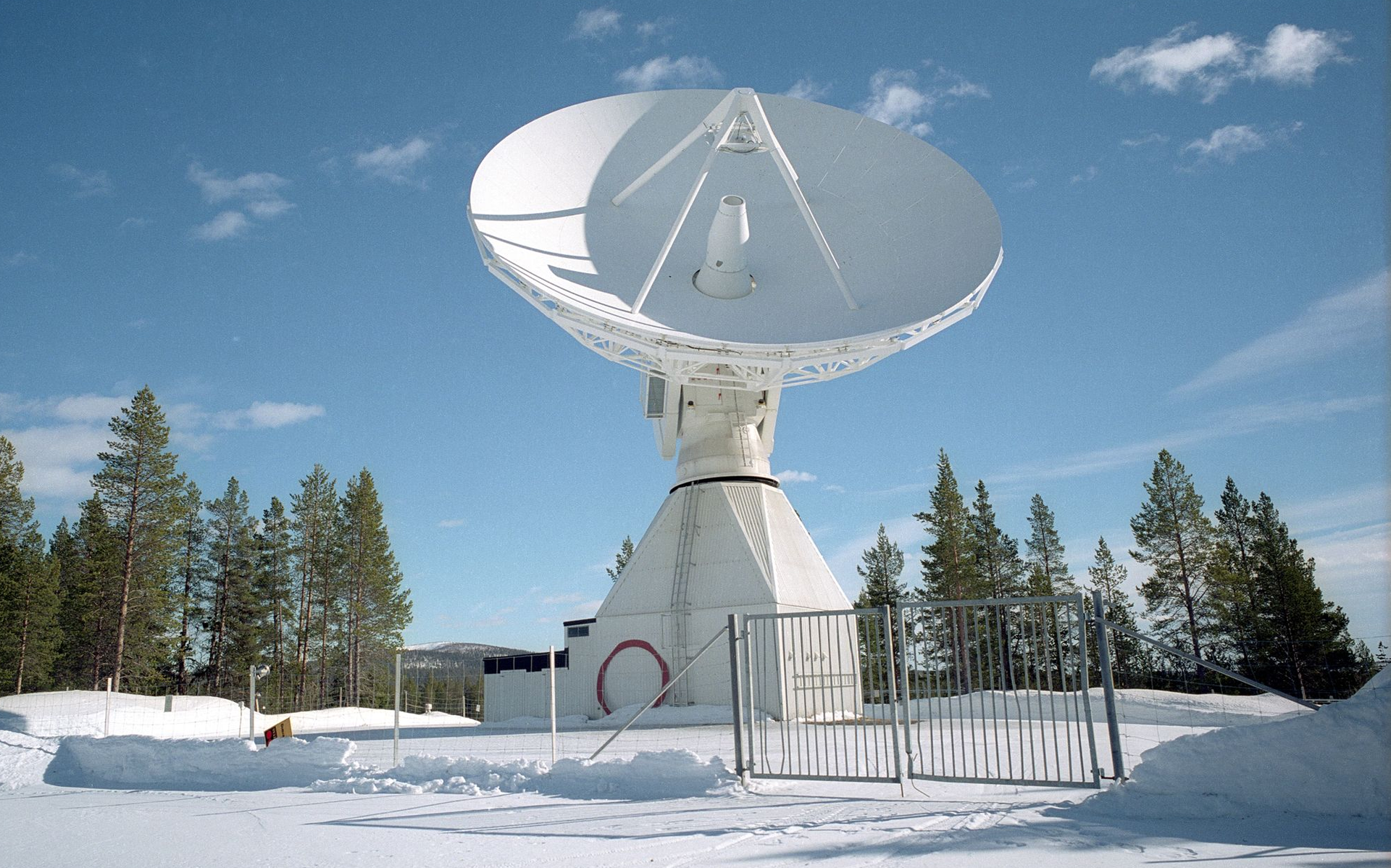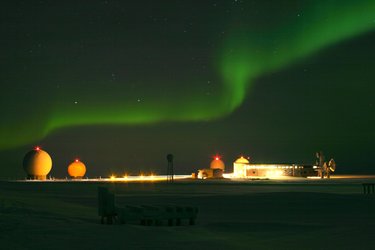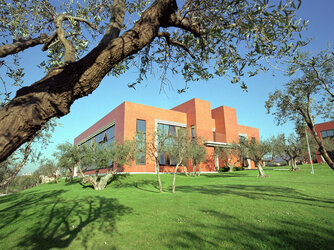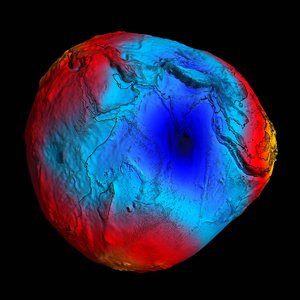Data flow
There were a number of steps involved in turning the raw data gathered by the GOCE satellite into a product suitable for the users worldwide. This part of the mission involved the 'ground segment', which is essentially made up of three main elements – the satellite control element, the processing element and the archiving element, as well as services to provide users with the data.
GOCE was controlled and operated by the Flight Operations Segment (FOS) at ESA's European Space Operations Centre (ESOC), in Darmstadt, Germany. From here, the health and status of GOCE was monitored and commands generated and up-linked to the satellite.
The GOCE mission had a main ground station in Kiruna, Sweden, supported by stations located in Svalbard, Norway, and in Antarctica.
On receipt, the data were immediately forwarded to the FOS at ESOC, which then linked the data through to the Payload Data Ground Segment (PDGS) at ESA’s ESRIN centre in Frascati, Italy. Here, through a process of calibration and validation the data underwent an important transformation from telemetry to Level-1b data products.
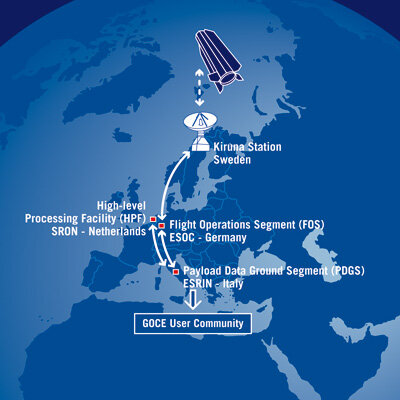
These data were subsequently processed to Level-2 through the High-level Processing Facility (HPF). Under ESA's control, 10 European universities and research facilities that have complementary expertise in gravity and geodesy-related science fields, joined together to operate the HPF.
There are three parallel methods used for gravity field determination – this cross-validation ensures the high quality of the GOCE gravity field product.
In addition, two complementary strategies employed to derive the orbit provide the possibility to validate the solutions against each other.
The Level-2 data are the fundamental products, and are available to users worldwide.


